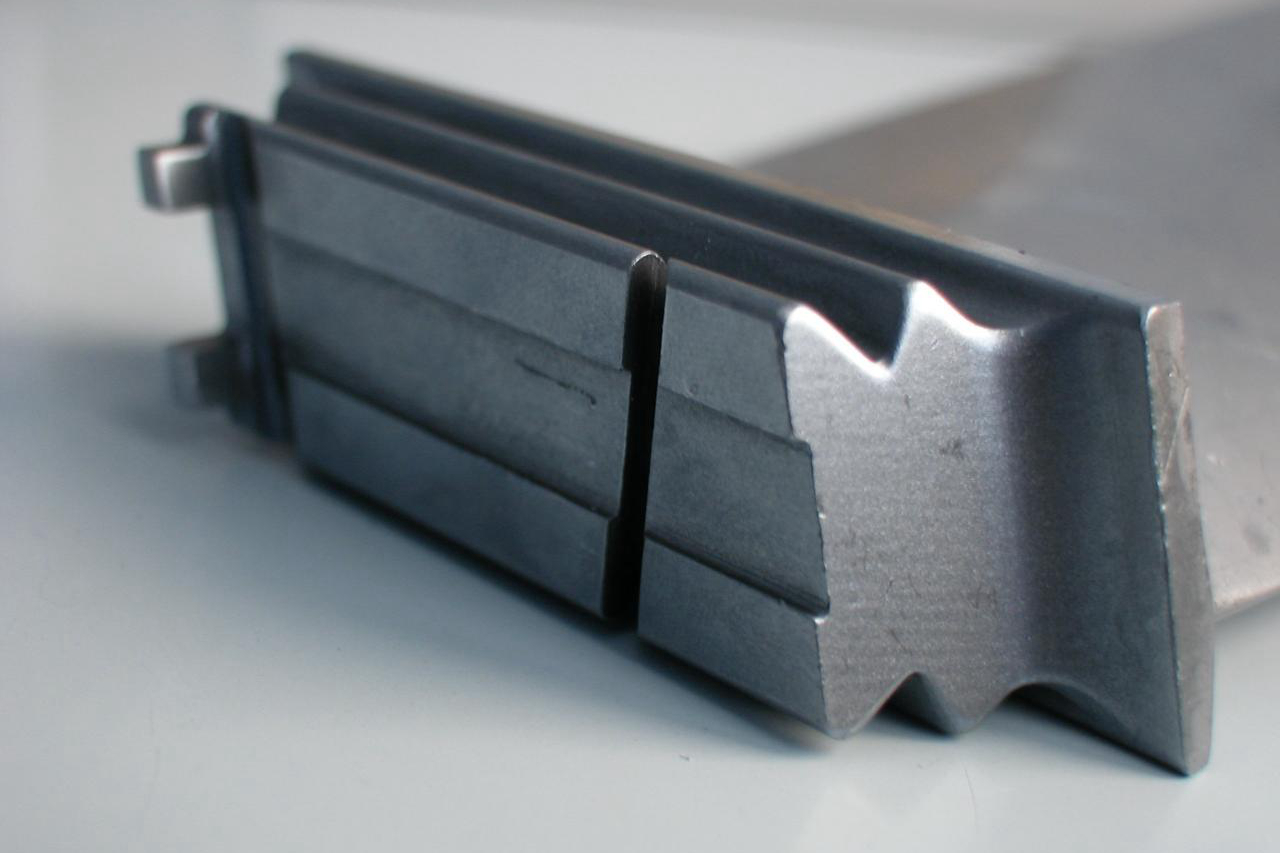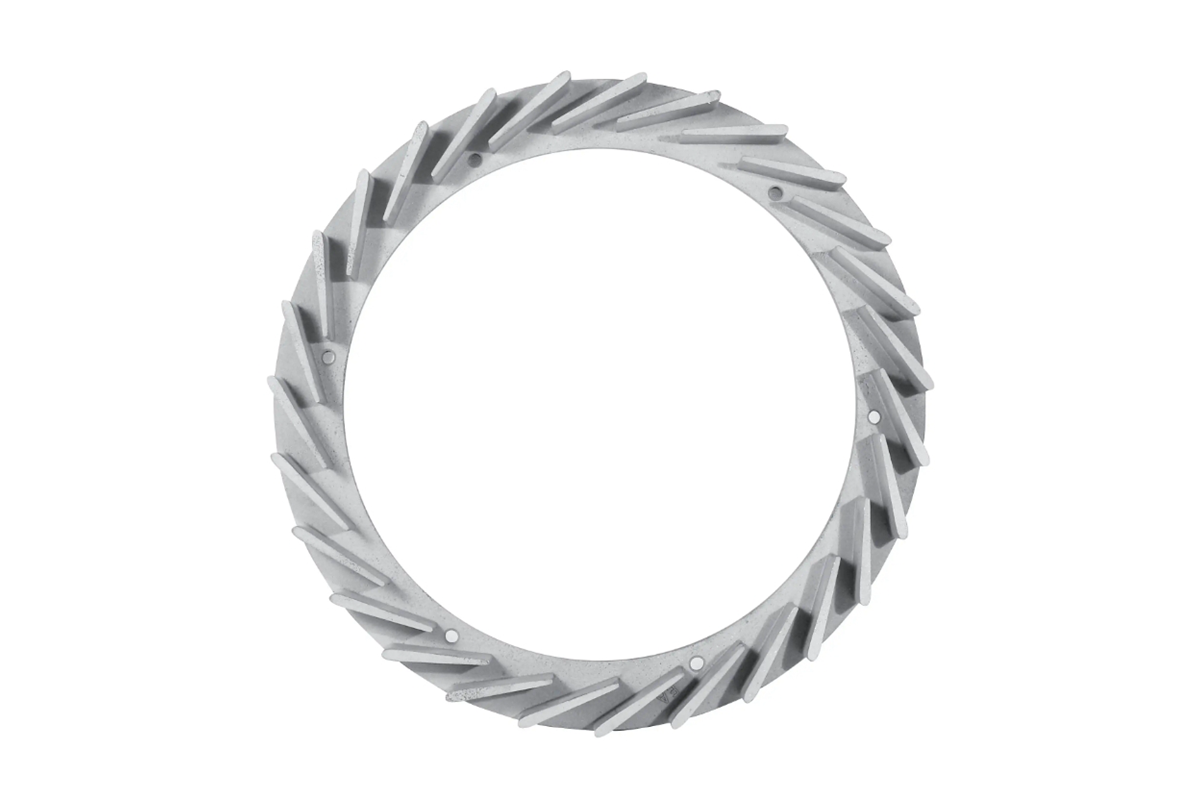Advanced Casting Techniques for Complex Superalloy Components
Casting has long been a critical process in manufacturing high-performance components, particularly for aerospace, energy, and power generation industries. When producing complex geometries for superalloy components, advanced casting techniques are essential for achieving the required strength, durability, and performance under extreme operating conditions. These techniques are designed to meet the stringent demands of modern applications, ensuring that parts perform at their best under high temperatures, high pressures, and corrosive environments.

The need for advanced casting methods in manufacturing superalloy components stems from the complexities of designing components that withstand the extreme conditions encountered in applications such as turbine engines and industrial machinery. Superalloys are essential for these applications, with their unique ability to maintain structural integrity at elevated temperatures. This blog explores the various advanced casting techniques for superalloy components, the suitable superalloys for each process, the post-processes involved, the testing procedures used to ensure quality, and the industries and applications that rely on these technologies.
Here’s the blog with anchor texts implanted:
Manufacturing Process
Vacuum Investment Casting
Vacuum investment casting is a sophisticated method to produce high-precision superalloy components, especially those with intricate geometries, like turbine blades and complex engine parts. The process begins by creating a wax or plastic model of the desired part coated with a ceramic shell. The shell is hardened, and the model is melted, leaving a hollow mold. The critical advantage of vacuum investment casting lies in the vacuum environment during the pouring stage. This controlled atmosphere prevents oxidation and contamination, critical for maintaining the integrity of high-performance superalloys used in aerospace and energy industries. Vacuum conditions also help to produce parts with excellent surface finishes and tight tolerances.
Single Crystal Casting
Single crystal casting primarily manufactures turbine blades that require exceptional mechanical properties. This process eliminates grain boundaries, which can be a source of weakness under high-stress conditions. Controlling the cooling rate and employing precise directional solidification techniques ensures the formation of a single crystal structure throughout the component. This improves creep resistance, fatigue strength, and durability at elevated temperatures. Single crystal casting is ideal for superalloys such as CMSX-10, which exhibit excellent high-temperature performance in jet engines and gas turbines.
Directional Solidification Casting
Directional solidification is a casting technique designed to create columnar grain structures where the grains are aligned favorably to the component's performance. The grains in directionally solidified components grow in a preferred direction, improving their resistance to thermal gradients and cyclic loading. This technique is commonly used in turbine blades and other components subjected to high-temperature, high-stress environments. By controlling the temperature gradients during the solidification process, directional solidification allows the formation of long, aligned grains that enhance the strength and longevity of the part.
Equiaxed Casting
Equiaxed casting involves using a more uniform grain structure with relatively equidimensional grains. This casting type is typically used for components that require uniform mechanical properties throughout the part. While equiaxed casting can be easier to control than single crystal or directional solidification casting, but it is best suited for parts that do not require the extreme performance characteristics needed for critical components such as turbine blades. Superalloys used in this casting method often include materials like Inconel 718, which offers good general performance at elevated temperatures but does not require the specific grain structure of more advanced techniques.
Suitable Superalloys
Inconel Alloys
Inconel alloys, such as Inconel 718 and Inconel 625, are some of the most widely used superalloys in casting. These materials are designed for high-temperature applications where oxidation and thermal fatigue are of concern. Inconel 718, for example, is often used in the aerospace industry for turbine blades and other high-stress components. Its resistance to creep and oxidation makes it suitable for both vacuum investment casting and directional solidification processes. Inconel 625, with its excellent weldability and resistance to heat and corrosion, is often used in applications where parts are exposed to extreme temperatures and harsh environments.
CMSX Series
The CMSX series of superalloys, including CMSX-4 and CMSX-10, are specifically designed for single crystal casting. These alloys offer superior creep and fatigue resistance at high temperatures, making them ideal for turbine blades in gas turbines and jet engines. The ability to eliminate grain boundaries in the casting process significantly enhances the mechanical properties of components made from CMSX alloys, allowing them to perform in extreme conditions without compromising structural integrity.
Hastelloy and Nimonic Alloys
Hastelloy and Nimonic alloys are well-suited for use in environments that require high corrosion resistance, particularly at elevated temperatures. Hastelloy C-276 and Nimonic 75 are commonly used in chemical processing industries and gas turbines, respectively. These alloys provide exceptional resistance to both thermal and chemical degradation, making them ideal for components exposed to harsh operating conditions, such as reactors, heat exchangers, and gas turbines.
Rene Alloys
Due to their excellent creep and fatigue resistance, Rene alloys, including Rene 80 and Rene 142, are often used for directional solidification casting. These alloys are tailored for high-performance applications where strength and durability are paramount, such as in turbine engines. Rene alloys are particularly suited for components exposed to high-temperature and high-stress conditions in the aerospace and power generation industries.
Post-Processes
Hot Isostatic Pressing (HIP)
Hot Isostatic Pressing (HIP) is a post-processing technique that involves applying high pressure and temperature to the cast part to eliminate any internal porosity and improve the mechanical properties of the component. This process benefits superalloy castings, ensuring the parts meet the required strength and durability standards. HIP improves the integrity of the material by reducing the size and number of voids, which can otherwise compromise the part's performance, especially in critical applications such as turbine blades and reactor components.
Heat Treatment
Heat treatment is a crucial post-process used to optimize the microstructure of superalloy components and enhance their mechanical properties. Different superalloys require specific heat treatments to achieve the desired characteristics, such as increased hardness, improved tensile strength, or enhanced resistance to thermal fatigue. Common heat treatments include solution heat treatment and aging processes, which are carefully controlled to fine-tune the properties of the alloy. These processes are essential for parts used in gas turbines and jet engines, where performance under extreme conditions is critical.
Thermal Barrier Coatings (TBC)
Thermal barrier coatings are applied to superalloy components to protect them from the high temperatures they experience in service. These coatings act as a protective layer, reducing the heat that reaches the underlying material. Thermal barrier coatings are crucial for components in jet engines and power turbines, where temperatures can exceed the melting point of the base material. The coatings help extend the life of the parts and improve their overall performance by preventing oxidation and degradation at high temperatures.
CNC Machining and Polishing
After casting, superalloy components often require CNC machining and polishing to achieve precise dimensions and a high-quality surface finish. CNC machining ensures that the final part meets tight tolerances and dimensional specifications. Polishing is often necessary to improve the part's surface finish, which can be critical in applications such as turbine blades, where aerodynamics and surface integrity are vital for performance.
Testing
X-ray and CT Scanning
Non-destructive testing (NDT) methods such as X-ray and CT scanning are commonly used to inspect cast superalloy components for internal defects like cracks, voids, and inclusions. These methods provide detailed images of the internal structure of the part, allowing for thorough inspection without damaging the component. These techniques are critical in ensuring the quality and integrity of cast parts, especially in high-performance applications where even small defects can lead to catastrophic failure.
Ultrasonic Testing
Ultrasonic testing is another NDT method to detect internal flaws in superalloy components. This technique uses high-frequency sound waves to identify discontinuities within the material. Ultrasonic testing is particularly effective for detecting subsurface defects in cast components, such as cracks or voids that might not be visible on the surface. Complementing X-ray inspection ensures a comprehensive defect detection process.
Metallographic Analysis
Metallographic analysis involves examining the microstructure of the material under a microscope. This testing method helps assess the grain structure, phase distribution, and overall quality of the casting. Metallographic analysis is particularly important for evaluating single crystal quality and directionally solidified castings. Using advanced tools like Electron Backscattering Diffractometer (EBSD), this analysis ensures precise alignment and structural integrity, which are crucial for high-performance components.
Tensile and Creep Testing
Tensile and creep testing are used to evaluate the mechanical properties of superalloy components. Tensile testing measures the material’s strength, while creep testing evaluates how the material performs under stress over time, particularly at elevated temperatures. These tests ensure that the parts will perform reliably in demanding environments like jet engines and power turbines, where materials are subjected to constant stress and extreme temperatures. Advanced creep testing methods ensure durability, critical for long-term operational reliability in aerospace and energy applications.
Industry and Application of Advanced Casting Techniques for Superalloy Components
Advanced casting techniques are used extensively across multiple industries, where complex superalloy components must meet demanding requirements for strength, thermal stability, and resistance to corrosion and fatigue. The ability to produce parts with intricate geometries, uniform microstructures, and exceptional mechanical properties makes these casting techniques vital for high-performance applications.
Aerospace and Aviation
Advanced casting techniques in the Aerospace and Aviation industries produce critical components such as turbine blades, guide vanes, and combustion chamber parts. Using single crystal casting for superalloy turbine blades ensures that these components have the necessary high-temperature strength and creep resistance to operate reliably in jet engines. Vacuum investment casting is also employed to create combustion chamber components with intricate geometries, improving fuel efficiency and safety.
Power Generation
The Power Generation sector relies on cast superalloy components for gas and steam turbines. These components must withstand high temperatures, thermal cycling, and mechanical stresses to maintain efficiency and reliability. Directionally solidified turbine blades and vanes are commonly used in power generation to provide the necessary thermal stability and resistance to fatigue, ensuring reliable performance in harsh conditions.
Oil and Gas
In the Oil and Gas industry, cast superalloy components are used in high-pressure valves, drilling tools, and heat exchangers. These parts operate in harsh environments where corrosion resistance and mechanical strength are essential for performance. Hastelloy and other corrosion-resistant superalloys are commonly used for these applications, ensuring durability and reliability in challenging conditions like those faced by high-temperature alloy pump components.
Automotive and Industrial Gas Turbines
Automotive and Industrial Gas Turbines also benefit from advanced casting techniques. Turbocharger wheels, exhaust components, and industrial gas turbine parts are often produced using vacuum investment casting or equiaxed casting. These techniques allow for the cost-effective production of high-performance components that improve efficiency and reduce emissions, such as superalloy transmission component assemblies and exhaust valves.
FAQs
What are the benefits of using vacuum investment casting for complex superalloy components?
Why is single crystal casting preferred for turbine blades in aerospace applications?
How does Hot Isostatic Pressing (HIP) improve the quality of superalloy castings?
What are the common testing methods used to evaluate the quality of cast superalloy parts?
Which industries benefit most from the use of advanced casting techniques for superalloy components?



